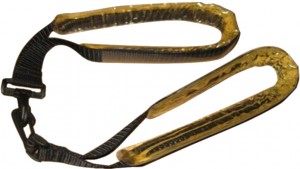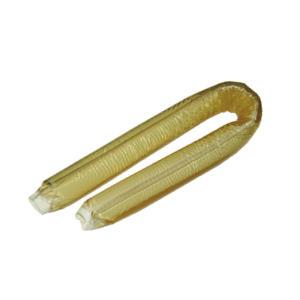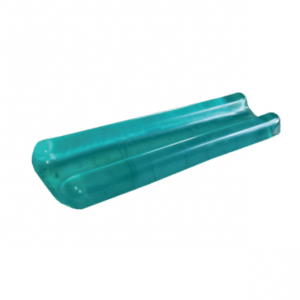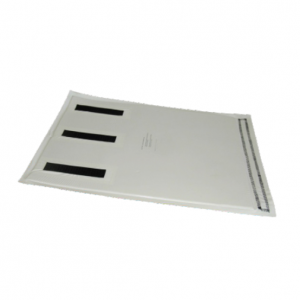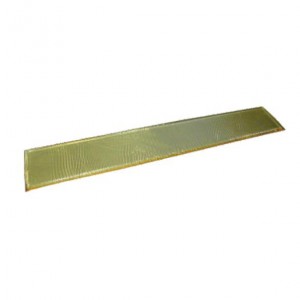
Ankle strap ORP-AS (Ankle Positioning Strap)
Ankle Strap
ORP-AS-00
Function
To fix and protect patient's ankle in surgery, avoiding nerve injury and preventing pressure sores. It can be used in orthopedic traction surgery and lithotomy position
Dimension
34.3 x 3.8 x 1cm
Weight
140g
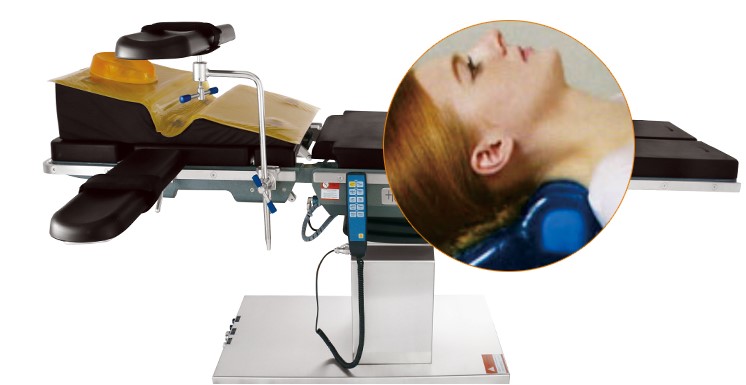
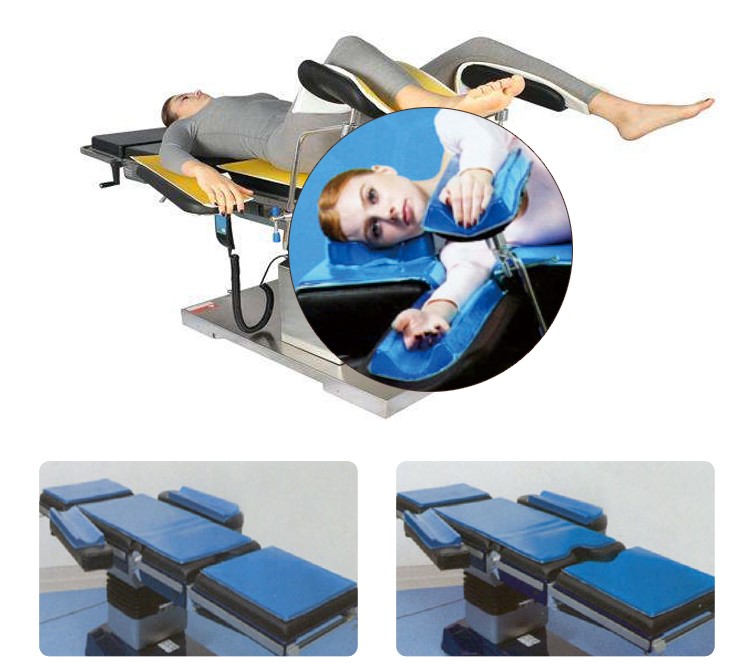
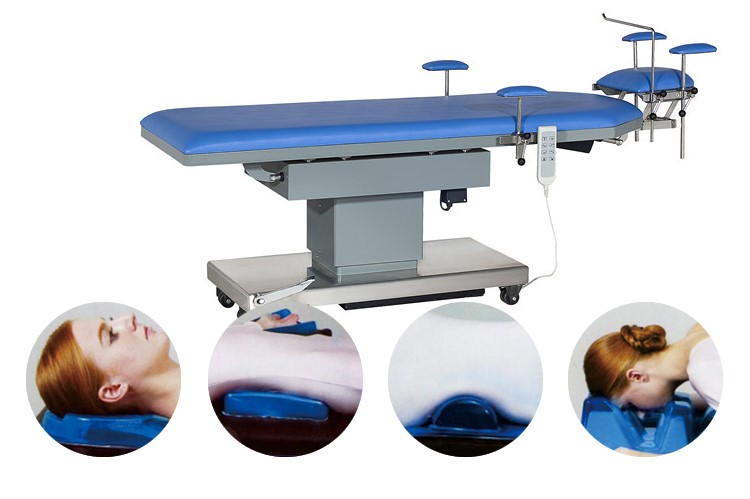
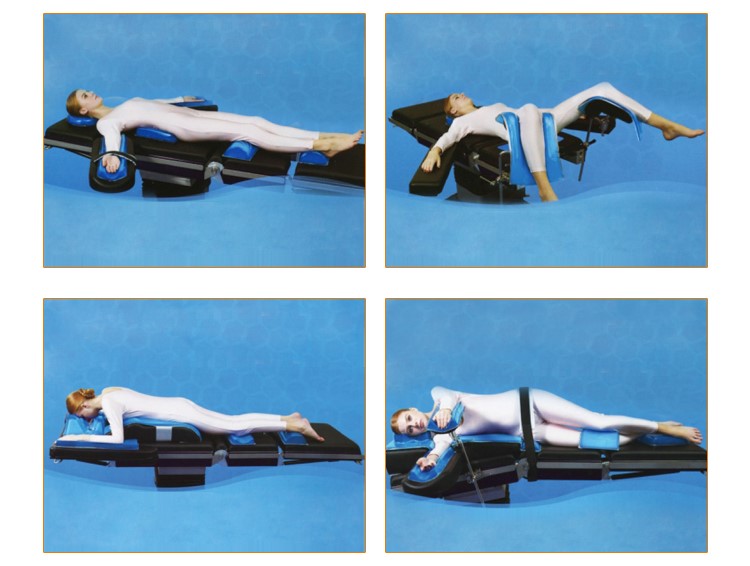
Product parameters
Product Name: Positioner
Material: PU Gel
Definition: It is a medical device which is used in an operating room to protect patient from pressure sores during surgery.
Model: Different positioners are used for different surgical positions
Color: Yellow, blue, green. Other colors and sizes can be customized
Product characteristics: Gel is a kind of high molecular material, with good softness, support, shock absorption and compression resistance, good compatibility with human tissues, X-ray transmission, insulation, non-conductive, easy to clean, convenient to disinfect, and does not support bacterial growth.
Function: Avoid pressure ulcer caused by long operation time
Product characteristics
1. The insulation is non-conductive, easy to clean and disinfect. It does not support bacterial growth and has good temperature resistance. The resistance temperature ranges from -10 ℃ to +50 ℃
2. It provides patients with good, comfortable and stable body position fixation. It maximizes the exposure of the surgical field, reduce the operation time, maximize the dispersion of pressure, and reduce the occurrence of pressure ulcer and nerve damage.
Cautions
1. Do not wash the product. If the surface is dirty, wipe the surface with a wet towel. It can also be cleaned with neutral cleaning spray for better effect.
2. After using the product, please clean the surface of the positioners on time to remove dirt, sweat, urine, etc. The fabric can be stored in a dry place after drying in a cool place. After storage, do not put heavy objects on top of the product.
What Is Skeletal Traction?
Skeletal traction refers to the direct traction of bones through pins, so that patients with fracture and dislocation can be effectively reduced and fixed.
Complications of Skeletal Traction
There are lots of benefits to be had from skeletal traction. But as with most medical treatments, there can be complications too.
The complications are associated with lack of movement and the effects of suspended limbs. Some of the complications skeletal traction can cause include the following.
Infection. In skeletal traction, a metal pin is inserted into your bone. This pin acts as a base for reducing the fracture. The insertion site can become infected, whether it is in bone or soft tissue.
Pressure sores. Pressure sores are also known as pressure ulcers or bedsores. They can happen when you are lying in the same position for an extended period of time. They often form in areas where your bones are close to your skin. Using Operating Room Positioner ORP can avoid pressure sores.
Nerve damage. There are different ways your nerves can be damaged when undergoing skeletal traction. Pin insertion and wire arrangement are factors, but more research is needed in the area. Using Operating Room Positioner ORP can avoid nerve damage.
Misalignment of the bone or joint. Medical staff will make every effort to realign your joints or broken bone correctly. Misalignment can happen in some cases.
Stiff joints. Your joints can become stiff from traction. This is possibly due to reduced blood flow.
Wire malfunction. The wires that suspend your limb during skeletal traction can sometimes malfunction or break.
Deep vein thrombosis (DVT). DVT is when you develop a large blood clot in your deep veins. It usually happens in your legs when you are unable to move for a long period of time.


